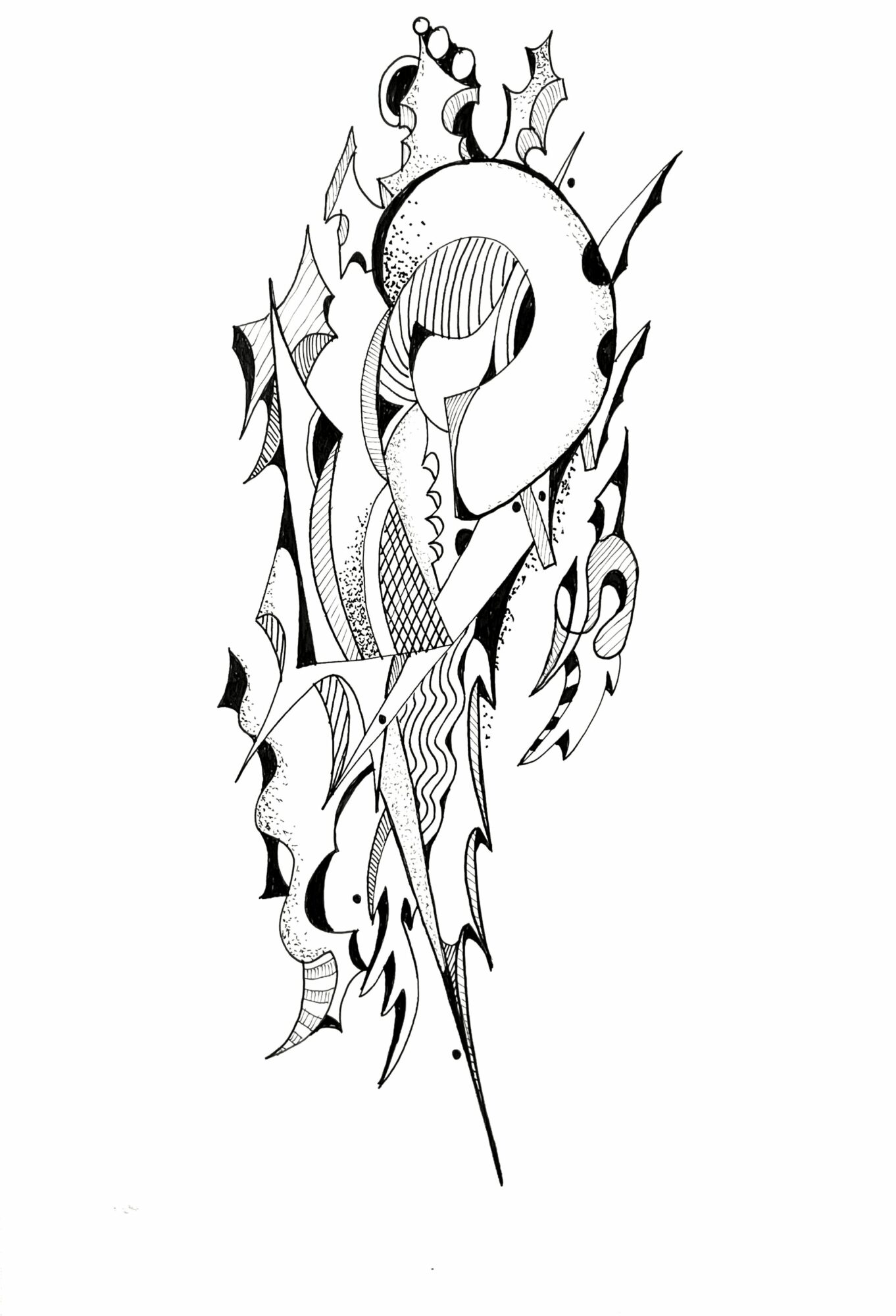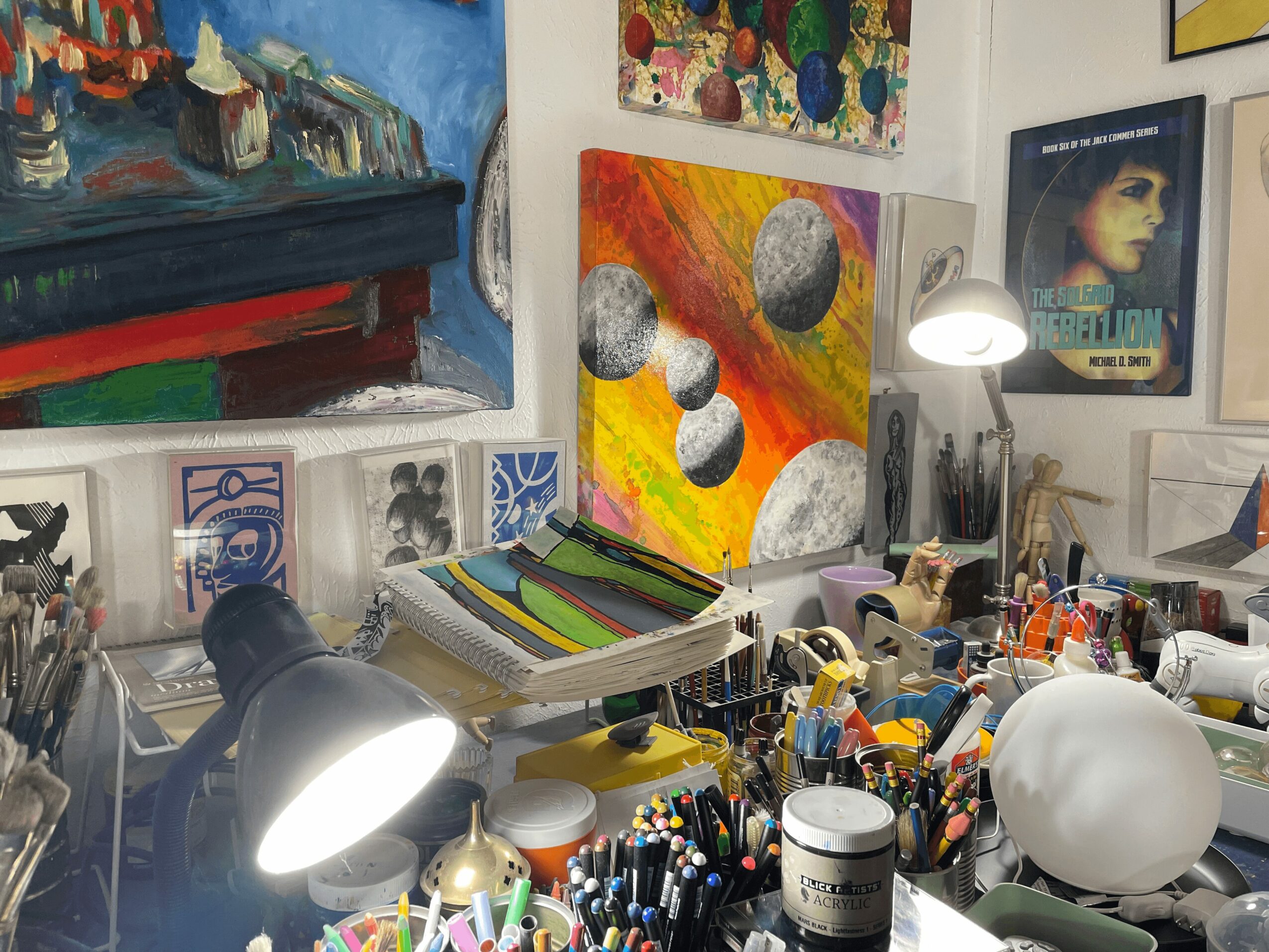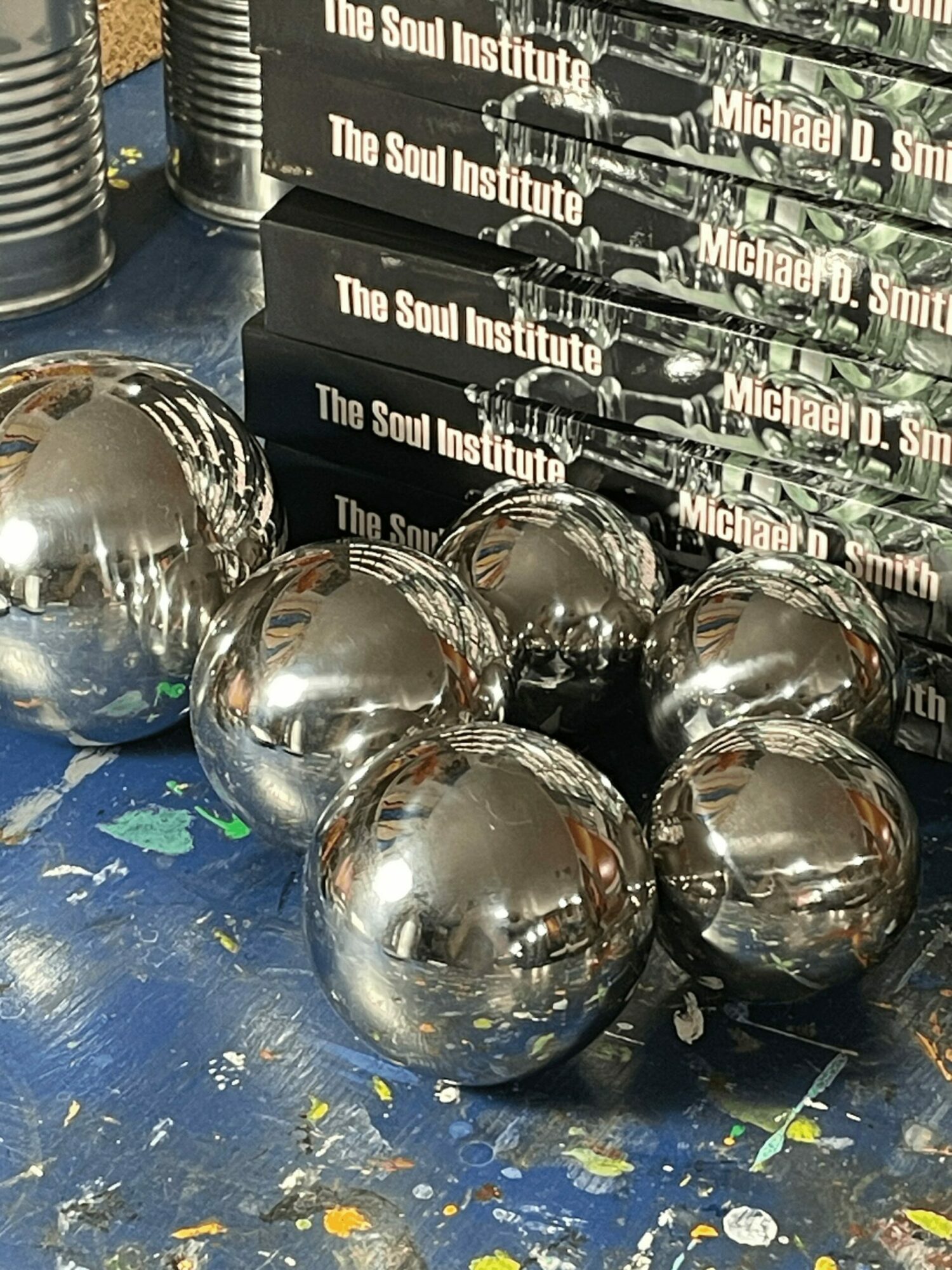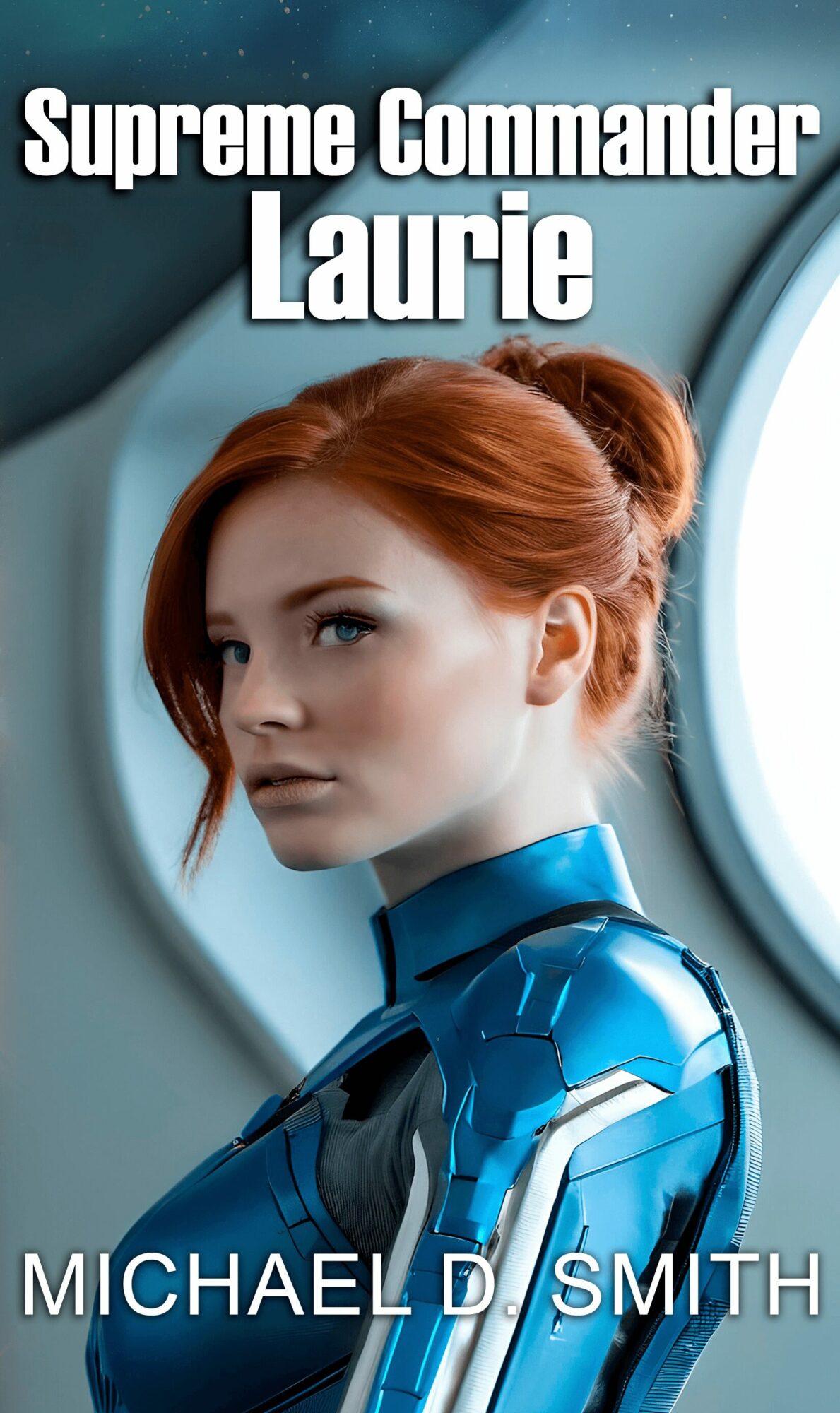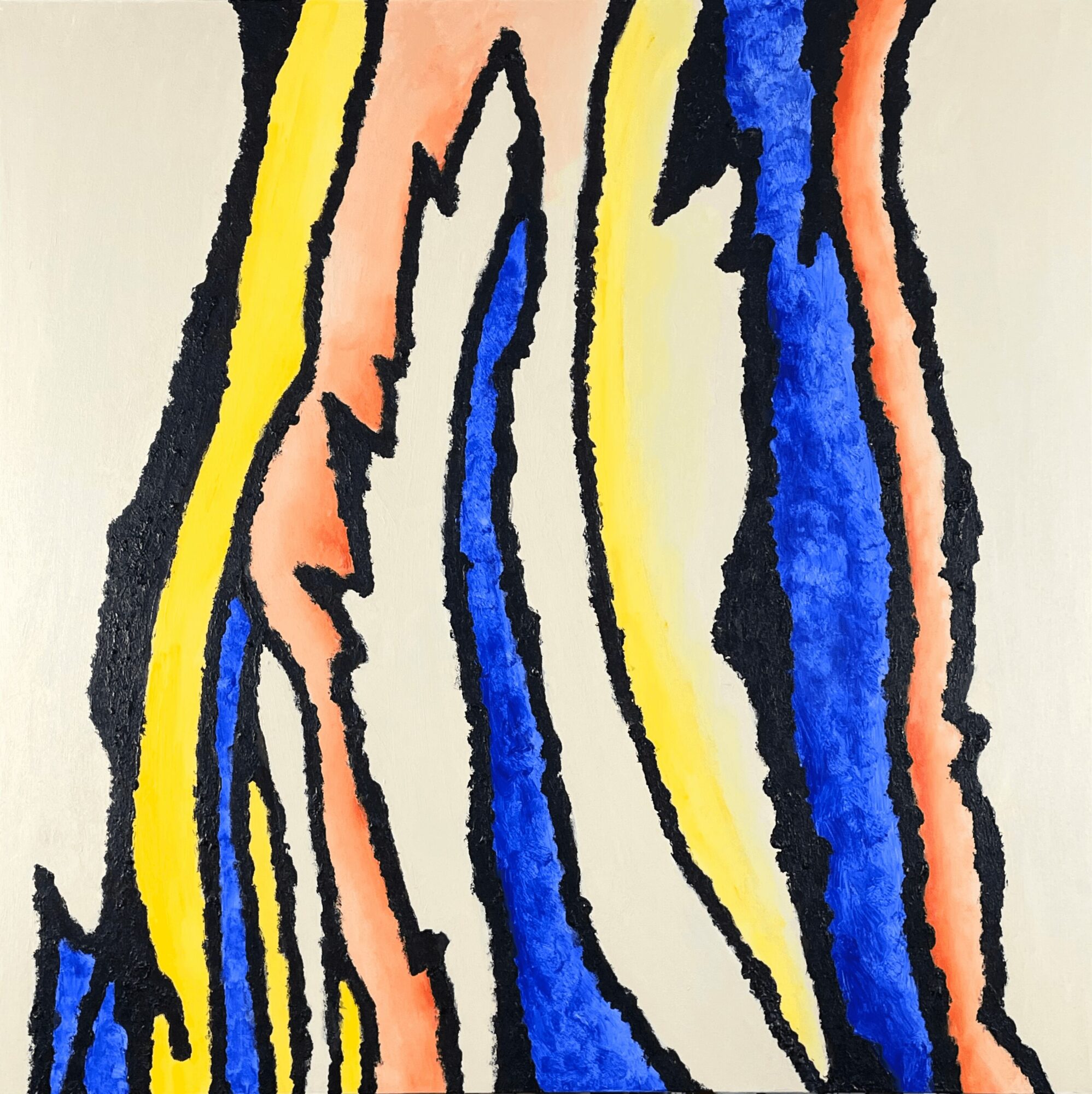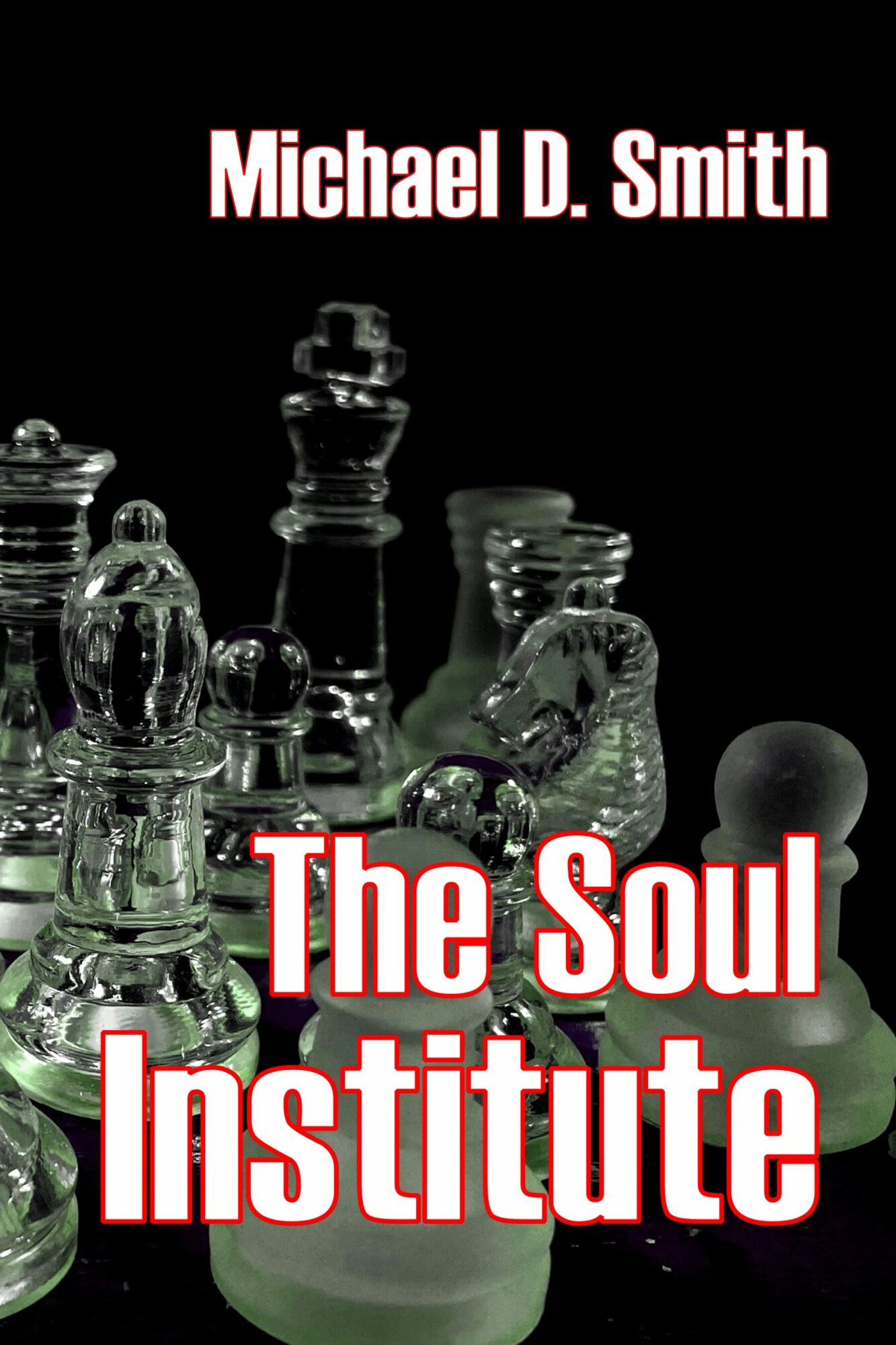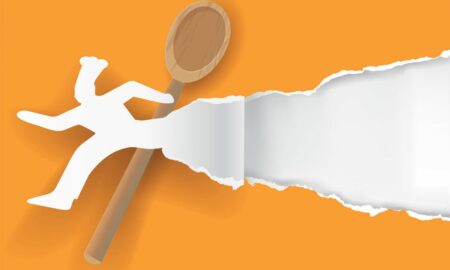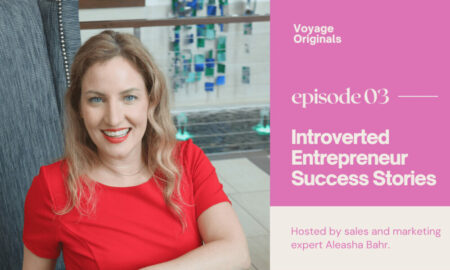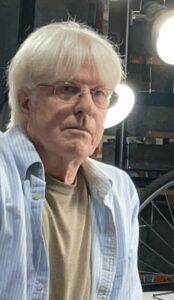 Today, we’d like to introduce you to Michael Smith.
Today, we’d like to introduce you to Michael Smith.
Hi Michael, so excited to have you on the platform. So before we get into questions about your work life, maybe you can bring our readers up to speed on your story and how you got to where you are today.
I’m primarily a novelist but have also always drawn and painted. Science fiction films and books, absorbed since childhood, prompted my early writing, but they’ve also influenced the bizarre aspects that inform almost all my work.
I wrote my first science fiction stories, accompanied by gruesome illustrations of monsters when I was seven. Both visual and writing energy began flowing naturally, aided by the energies of a best friend who was also starting to write at the time.
By the fifth grade, I was churning out dozens of science fiction stories, many interrelating into a sort of future history series. But I didn’t explicitly declare myself as a writer until I was sixteen.
Then, like most writers, I concentrated on short stories, but as these gradually became longer and more complex, essentially becoming novelettes, I shifted exclusively to novel writing, which seemed to be the most effective method of presenting a worldview. I’ve since written nineteen novels and published most of them.
I paint in oil and acrylic, usually abstract and on large canvases. I’ve exhibited my paintings in numerous group and one-man shows.
Can you talk to us about the challenges and lessons you’ve learned? Looking back, would you say it’s been easy or smooth in retrospect?
Lack of time is an obvious challenge to any creative person. However, dedicating part of your schedule to a routine at least keeps art projects in a regularized pipeline. A massive body of work can still be built at a slow, determined rate.
But I feel the greatest obstacle is self-delusion. This can include kowtowing to what is expected, being in love with your work, working from the ego and not from the depths, refusing to either self-critique or to listen to criticism–or taking criticism too seriously. I do best when I focus on what I, as an artist, am here to create.
I’ve also gone through periods of being hung up on having to write or paint a certain way, just out of habit. You can feel that success with a certain method means you must continue with it and only it, but that quickly gets stale. It’s extremely difficult to maintain self-honesty, and yet that’s the key.
To support my art, I developed what I called a “world structure” around a library career. It became a complex, evolving exoskeleton that sustained my art life reasonably well. Despite a few times when I probably admired the exoskeleton a little too much and veered a bit off course, I stayed faithful to my art.
Now that I’ve retired from the library career, the need for this exoskeleton has disappeared; that’s been an intriguing new adjustment.
Thanks – so, what else should our readers know about your work and what you’re currently focused on?
I initially published through small independent presses beginning in 2011 but then moved exclusively to self-publishing through Amazon, Draft2Digital, Smashwords, and lulu.com. I’m up to twenty publications, including fourteen novels, as well as a couple of story collections, essays, and a picture book.
My science fiction is a mashup of literary and space opera genres. My literary novels, in turn, are infused with science fiction and absurdist elements. My best writing is a solid investigation of “what’s been psychically going on recently,” and this includes even my fun, fast-paced SF plots. When it’s coming out well, it opens up fresh inner territories for exploration.
My best work begins with a good “What if?” For instance, in my novel CommWealth, “What if all private property were abolished? How would people live?” A dream can also lend itself to that “What if?” question. Or looking at a flawed manuscript, finally grasping its “What if?” and seeing exactly how to bring it out into the open.
My blog has also been a satisfying and expressive development. I’m trying to investigate the forces at work behind art and writing creation. Creating a blog voice also helps me make myself as clearly understood as possible.
I just began a new science fiction series, Supreme Commander Laurie, spinning off my earlier Jack Commer science fiction series.
Jack ends his series by suicidally blasting his spaceship into a star to confront a dangerous cosmic irregularity, but not before elevating his genius physician/engineer Laurie Lachrer to lead the United System Space Force–except that she now finds herself inexplicably transported onto his death ship and has to remind him who appointed whom to what and who’s really in charge now, namely Laurie.
Book One, the same title as the series, follows her new challenges, beginning with the overthrow of the United System by fascists who hunt her down as a traitor.
I consider The Soul Institute my flagship novel, covering all my main themes through numerous archetypal characters. Although long and complex, the book is nevertheless tight and reads quickly; I find its energies high. It describes a chaotic November at a small Texas coastal university founded on royalties from the director’s bestselling novel.
The Soul Institute came from my recurring dream of a return to college–not the common anxiety dream about getting behind in classes, but the urge to explore some vast and stupendous Other World, the sanctuary of a mystic university of Soul. I republished the book this spring with minor improvement edits and a fresh new cover.
If you had to, what characteristic of yours would you give the most credit to?
As mentioned above, a fundamental dedication to honesty is essential. Other qualities include perseverance and being open to all opportunities for self-renewal.
My sense of humor finds expression in my writing and provides a lot of perspective on the whole concept of having a “writing career.” I try to navigate writing and art projects by choosing whichever activity or method seems to spark the most energy. There’s nothing worse than a dreary obligation to do art.
The prime thing is the quality of your work. Having something to say or making a contribution does not mean “being the most influential artist.” It means living up to your potential and seeing where you can appropriately come in. It might be a lot lower–or a lot higher–than what you expected. But it will be appropriate.
Contact Info:
- Website: https://sortmind.com/
- Facebook: https://www.facebook.com/Michael.D.Smith.Writer
- Linkedin: https://www.linkedin.com/in/michael-d-smith-04b47a13/
- Twitter: https://twitter.com/sortmind
- Youtube: http://www.youtube.com/user/orangerhinosmith
- Other: https://www.amazon.com/Michael-D.-Smith/e/B0056B6JPS
